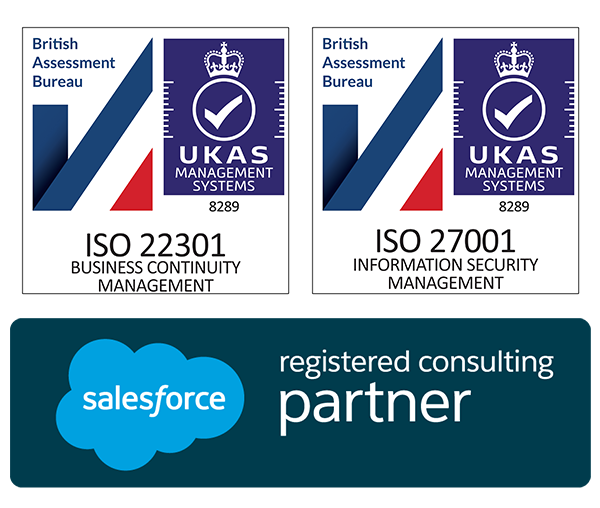
Employees: Part 2 of 4 – Onboarding

In recent years, “onboarding” has become a popular HR term to describe the new hire initiation process. While it may sound like a corporate buzzword, onboarding is a highly important step in ensuring that employees start their new jobs on the right foot, and remain engaged throughout their time at your company.
Businesses that fail to have an official onboarding process increase their risk of having employees with low productivity, and ultimately higher turnover rates. Therefore, it’s critical to adopt proven techniques to engage new hires before and after their first day at work.
The moment when an employee first accepts a job is when they are most thirsty for knowledge . This is a prime opportunity organisations have to take advantage of an eager employee looking to succeed.
Onboarding: Day one
Before a new employee’s first day on the job, all relevant staff members — HR, the person’s manager, direct teammates, etc. — should be prepared for his or her arrival.
You have worked diligently to recruit this new employee, but the process is not yet over. A solid first impression on day one of the job is an essential step in proper onboarding. Publicise the new hire through a companywide email, and even prepare the employee a welcome package. Reach out to new hires before their start to express enthusiasm at their joining the team and outline the plan.
You’ll want to have all the paperwork and tech equipment set up and ready to go on an employee’s first day. But you’ll also want to make sure you block off the time to go through everything together.
Managers should be facilitating integration into the company’s culture and community. Make it personal. Have the employee’s co-workers decorate his or her cube and leave personal welcome notes. Invite the new hire to a yoga class or play table tennis at lunch. Host a meet-and-greet. Folding new employees into your culture will increase engagement and productivity.
Four C’s
Think regarding four broad “C’s” that can guide your general strategy:
- Company: Giving employees information about the enterprise’s mission, strategy, goals, customers and operational structure, and how their job fits into that bigger picture.
- Career: Laying out employees’ individual objectives and how those will be measured, as well as setting expectations for success and advancement.
- Culture: Ensuring that employees not only understand the company’s culture and environment but can thrive in it.
- Connection: Helping employees forge relationships with their new colleagues, both formally and informally.
Schedule training sessions in an employee’s first week of work.Emphasise and demonstrate the importance of open communication.
During the first few days of the onboarding process, frequently check in with. The more you can communicate and share with the new hire in the first few days, the better the experience is.
Mistakes to avoid
It takes some time to develop a reliable, consistent onboarding process, but there are a few crucial mistakes employers should be aware of and avoid at all costs if they hope to make a new employee’s initiation period successful.
Giving new employees too much, too soon.
The first few weeks at a new job can be an overwhelming adjustment for an employee. While you may want to get your new hire involved, you don’t want to overload them with too much work before they is ready.
Assuming new hires understand everything.
You can’t expect an employee to pick up on all the nuances involved with a new job after one run-through. Even hires with experience should be given a chance to digest and absorb — including co-workers’ names, policies and workflow.
Failing to measure the onboarding process.
As with any business process, measuring the results of your onboarding efforts is the key to improving it. Managers tend to forget the “assessment” step of the process, which is crucial to helping you determine if you’re achieving the intended results.
Maintaining employee engagement
As you might have guessed, onboarding doesn’t end after the employee’s first couple of weeks. It’s an ongoing process that ensures participation and involvement long after day one. Today’s employees are looking for immersive and interactive communication channels, content libraries, and more that continue the experience post-hire. Onboarding goes beyond just learning tools and paperwork, and is being seen as a part of career development.
To ensure engagement, outline a new employee’s goals for 30, 60 and 90 days post-hire. Provide direct feedback so the employee can measure progress. Colleagues should be a part of engagement efforts, because this gives new team members opportunity to meet coworkers.
This can happen through orientation, mentorships, check-in meetings, or even through the assignment of a buddy. Rely on top performing employees who have been employed for a significant time to help guide new recruits.
Find out more
We’ve been in the Sales and Marketing Strategy game for longer than we care to remember, but we pride ourselves on the combined exposure our team has had to different B2B markets globally, and the strategic services we offer your business as a result.
If you are looking for Salesforce / Pardot Support with an existing Org or want to know if Salesforce or Pardot is right for you, get in touch with us for a free consultation or simply a chat. We work alongside Start-ups and Enterprises alike, we’re certain we will find you a path to growth, whatever your plans.
We are open Monday-Friday 9-6pm and have open channels for communication either on our LinkedIn, Twitter or you can simply give us a call on 020 8106 8500.



